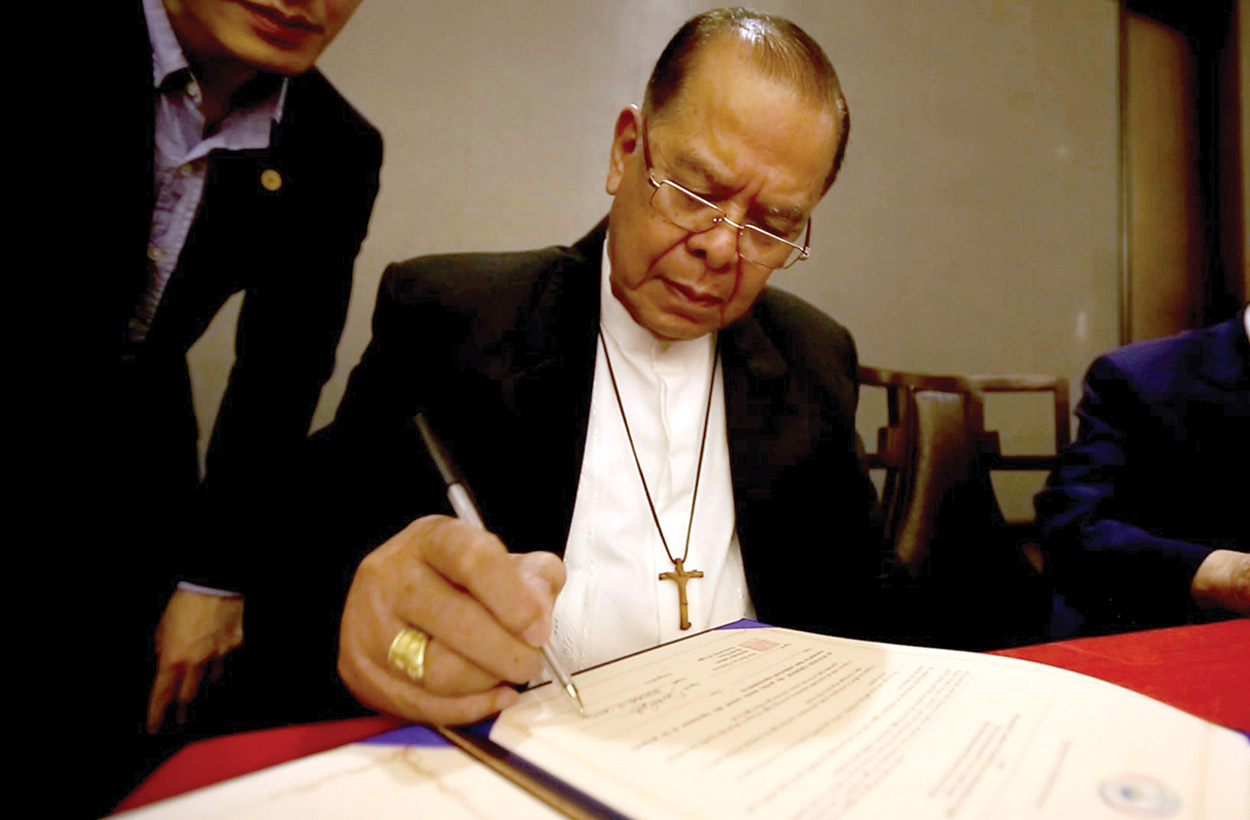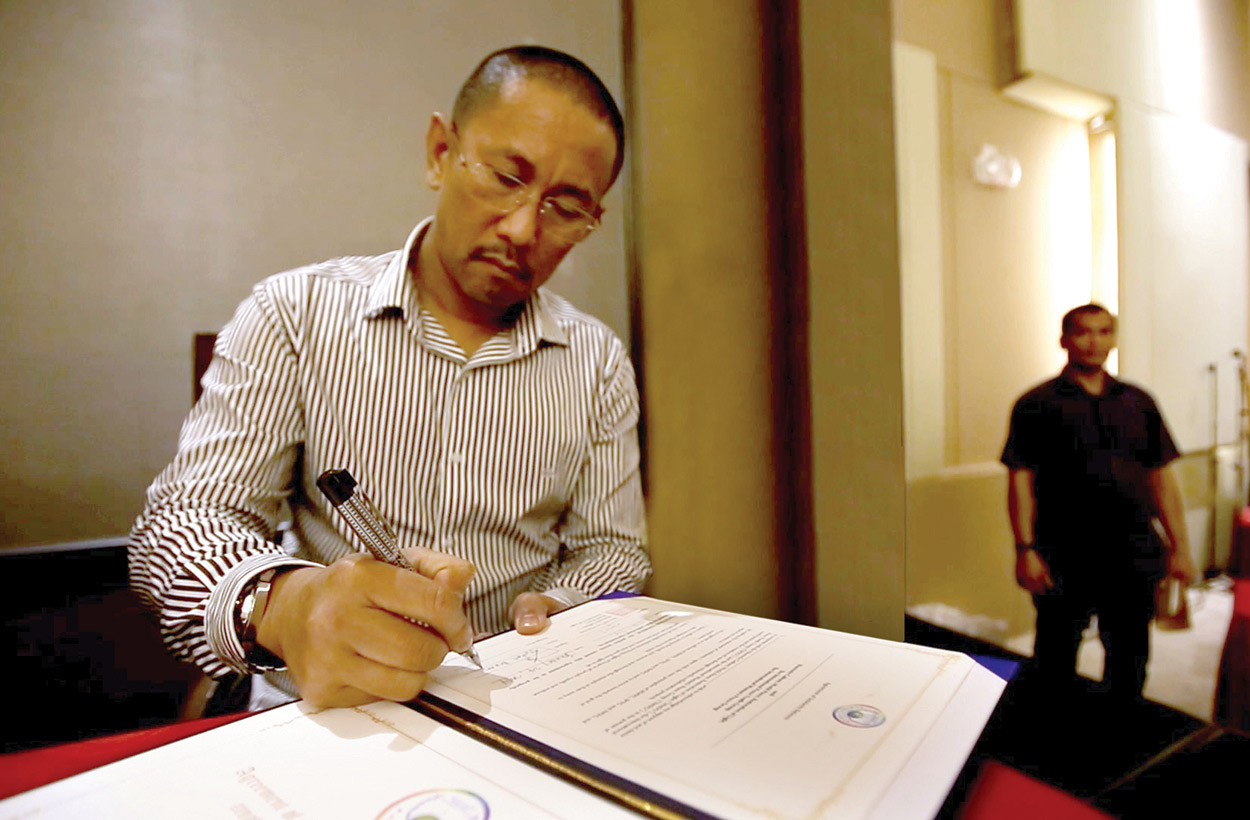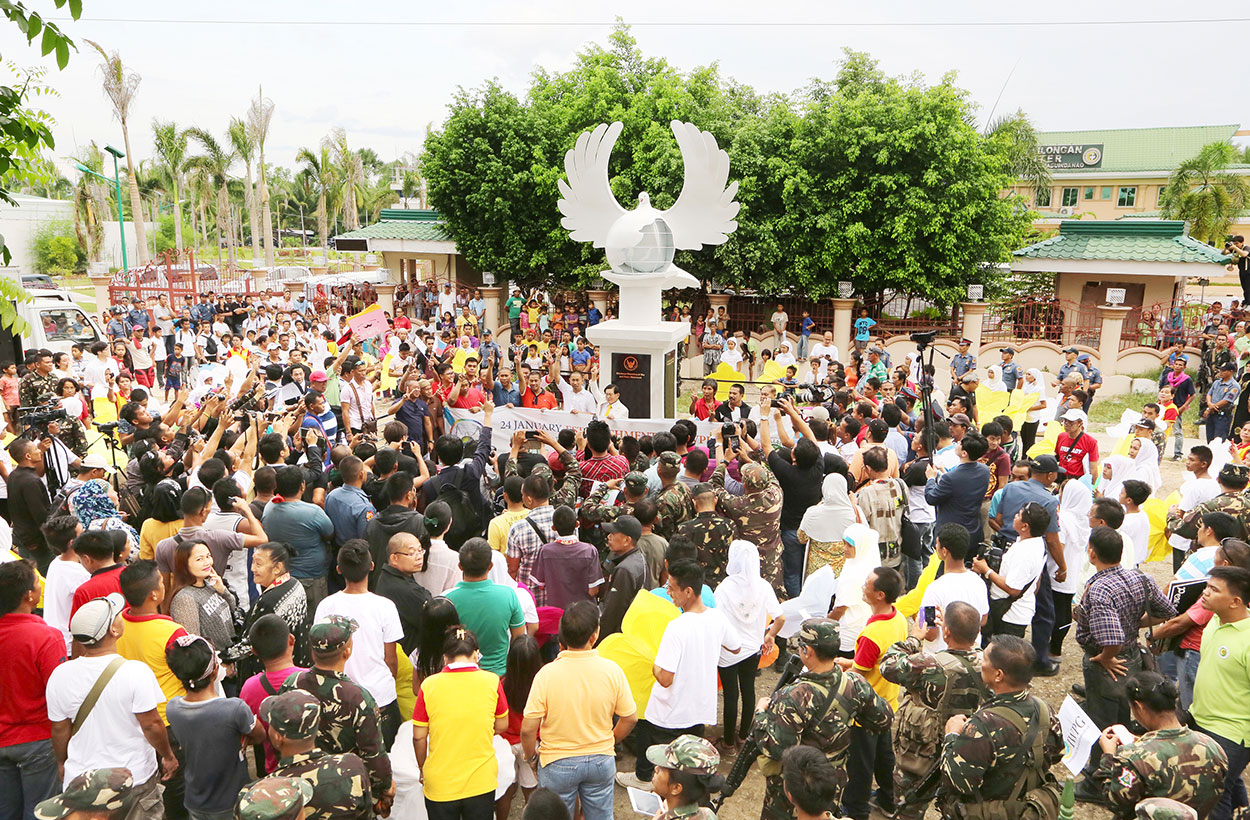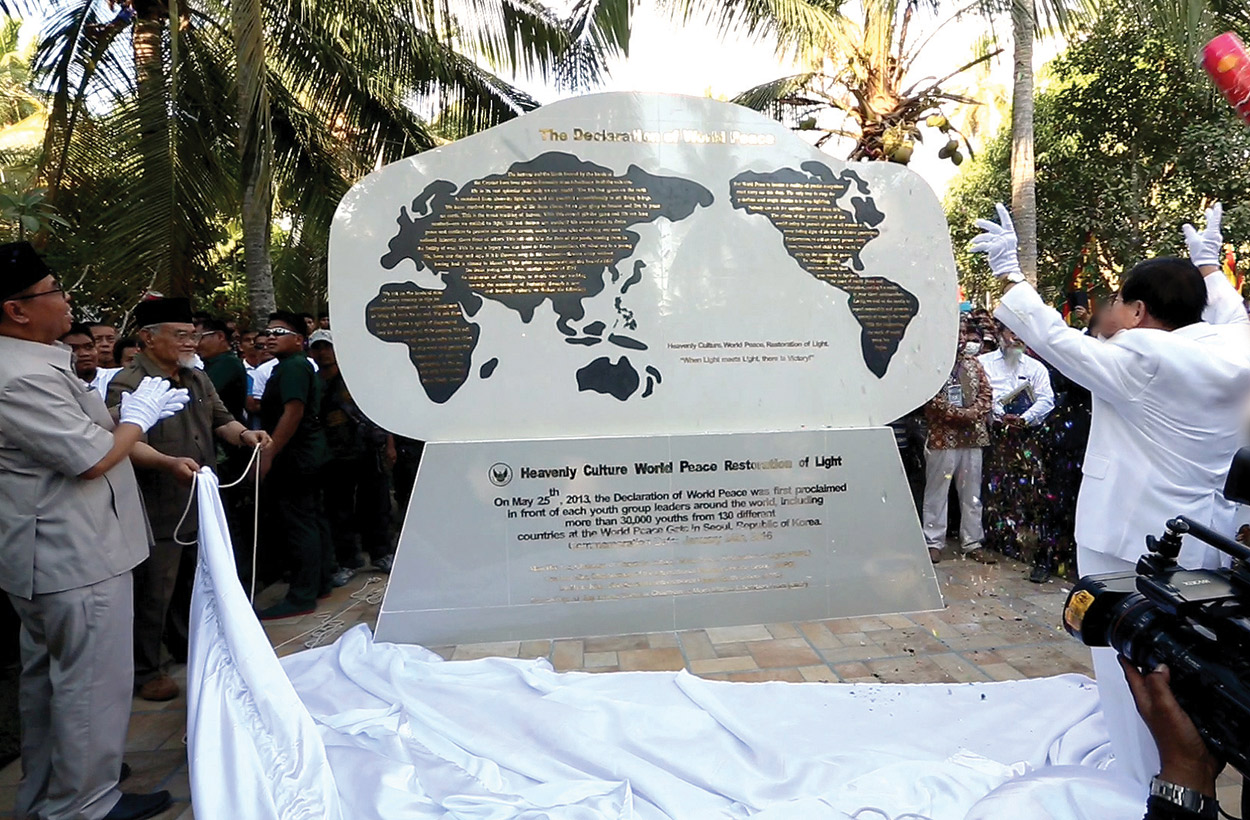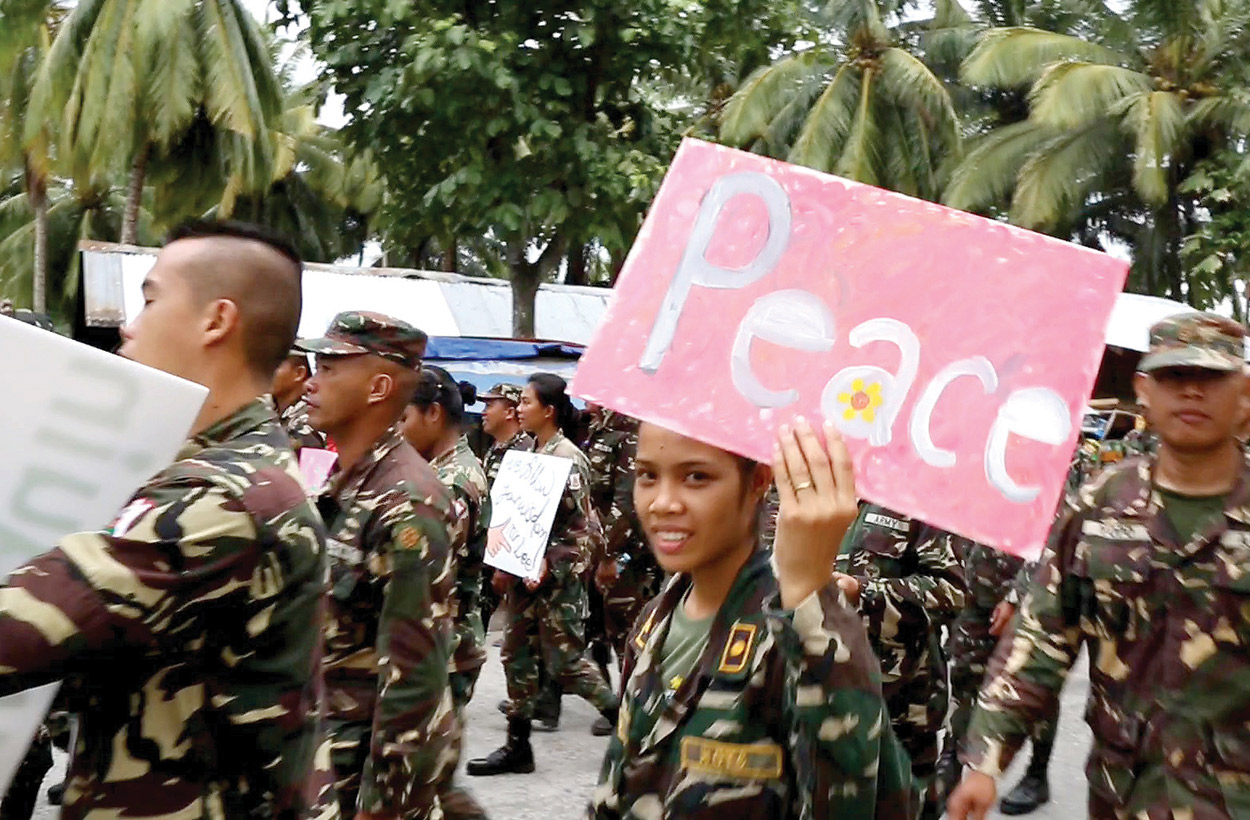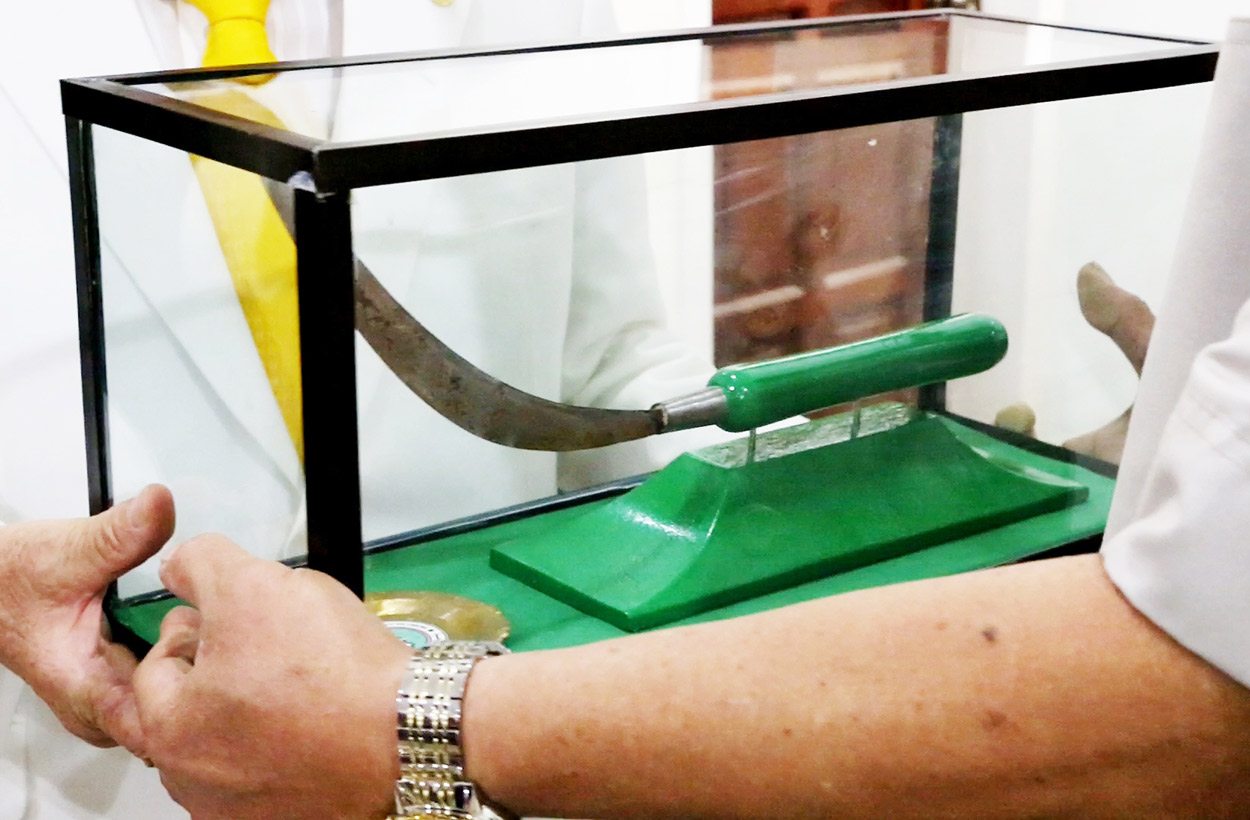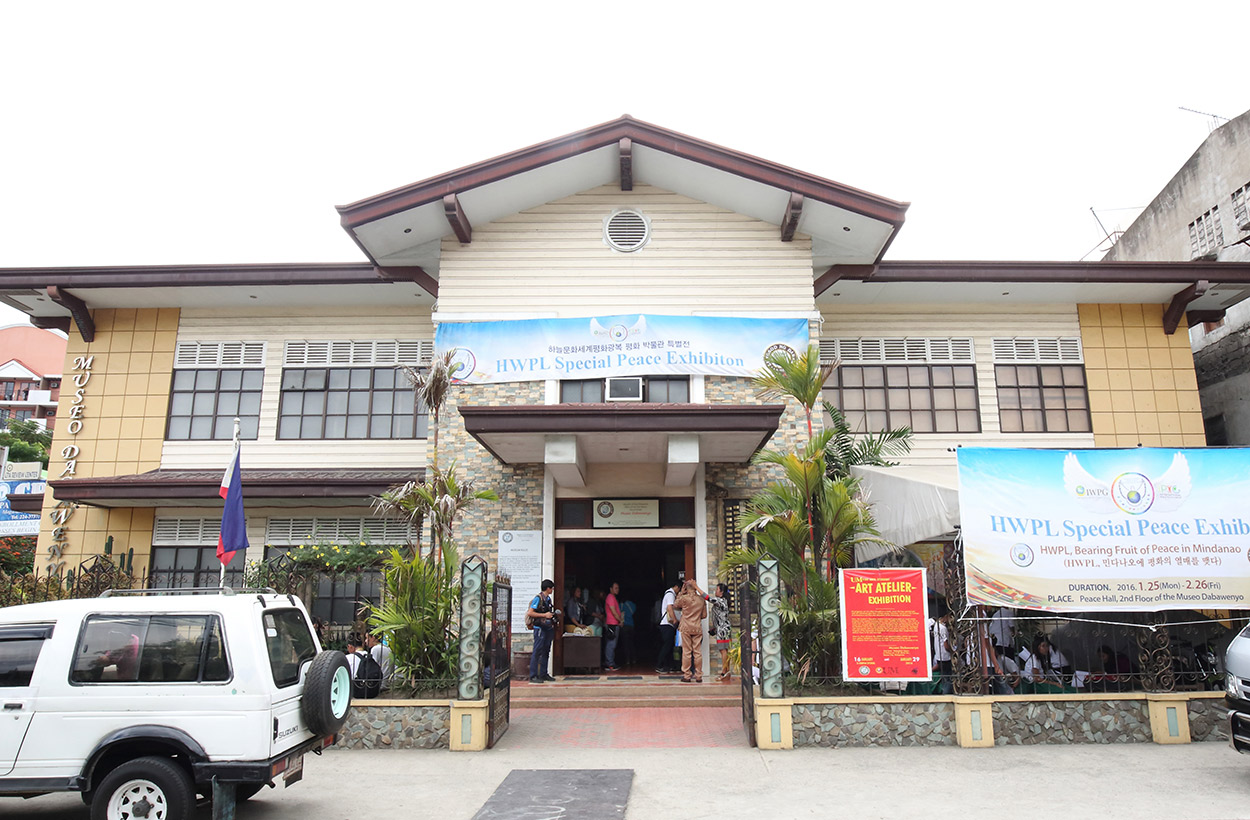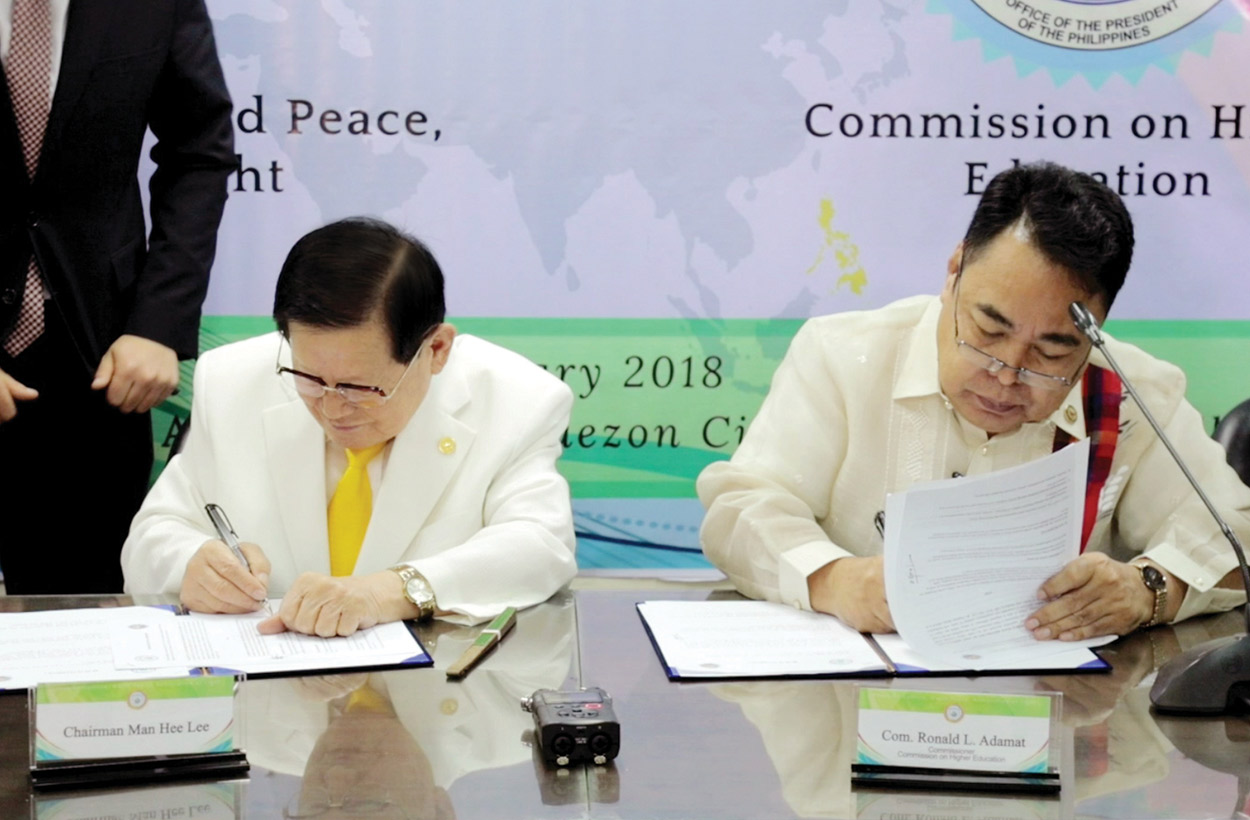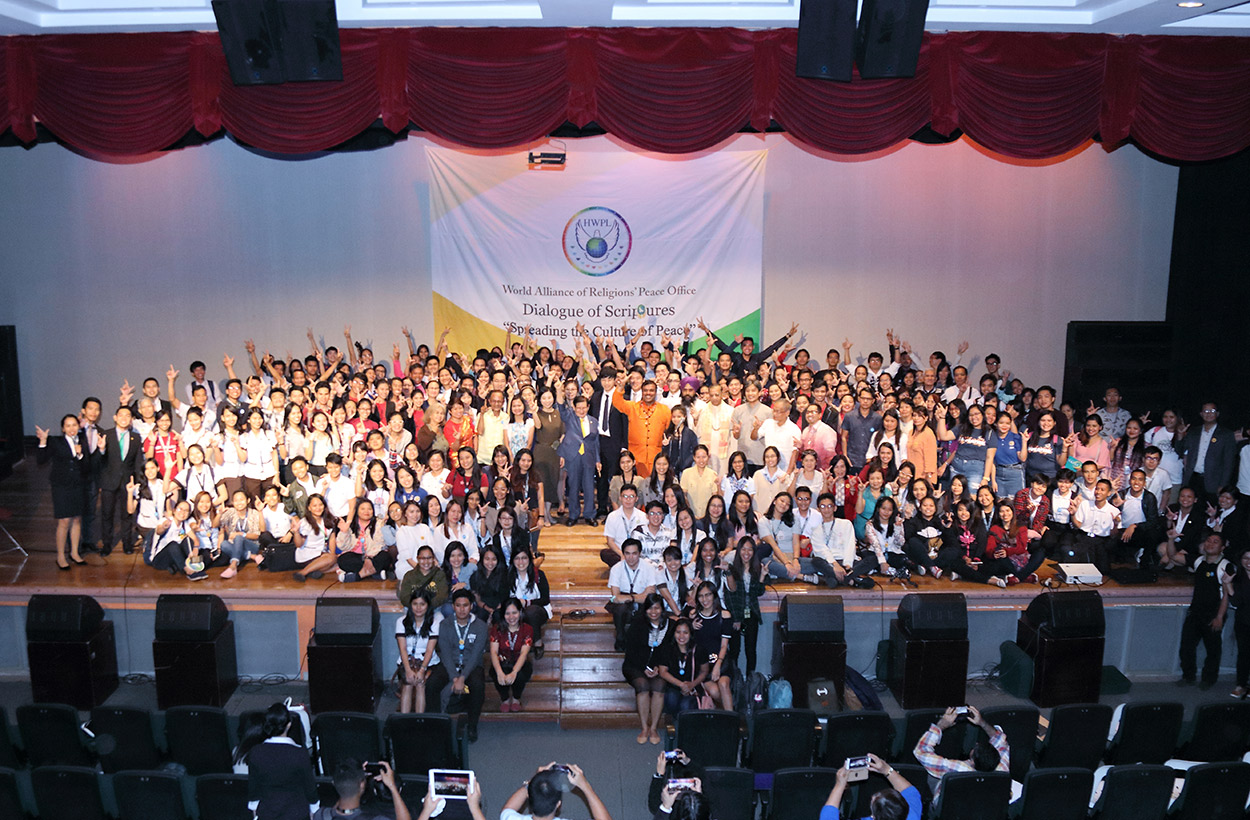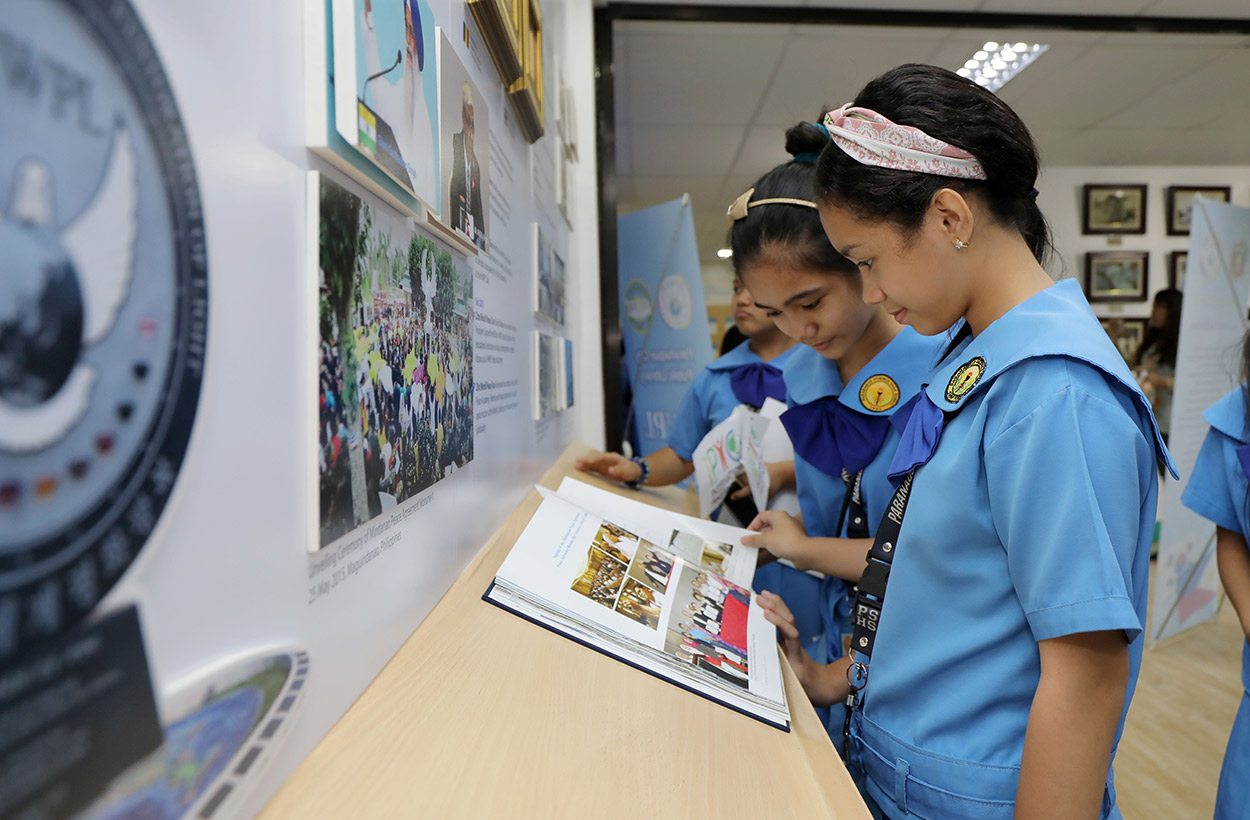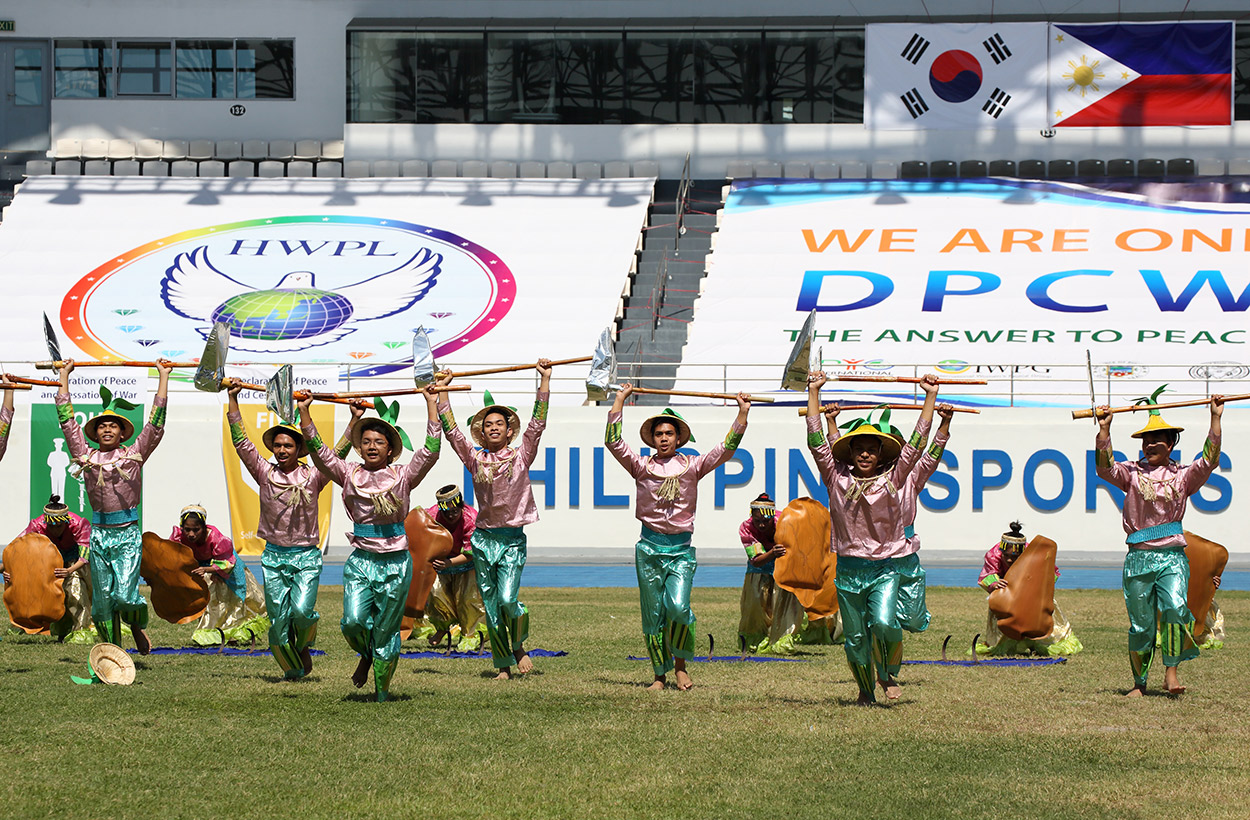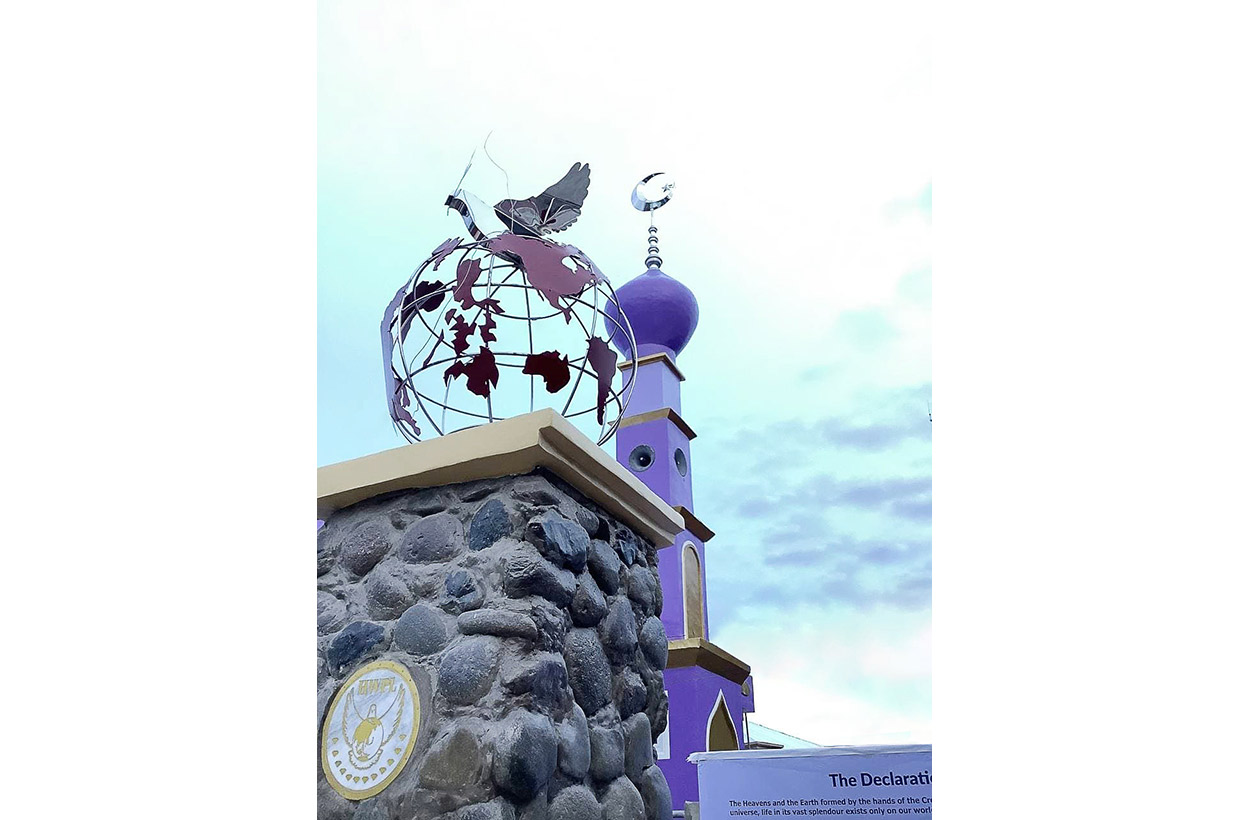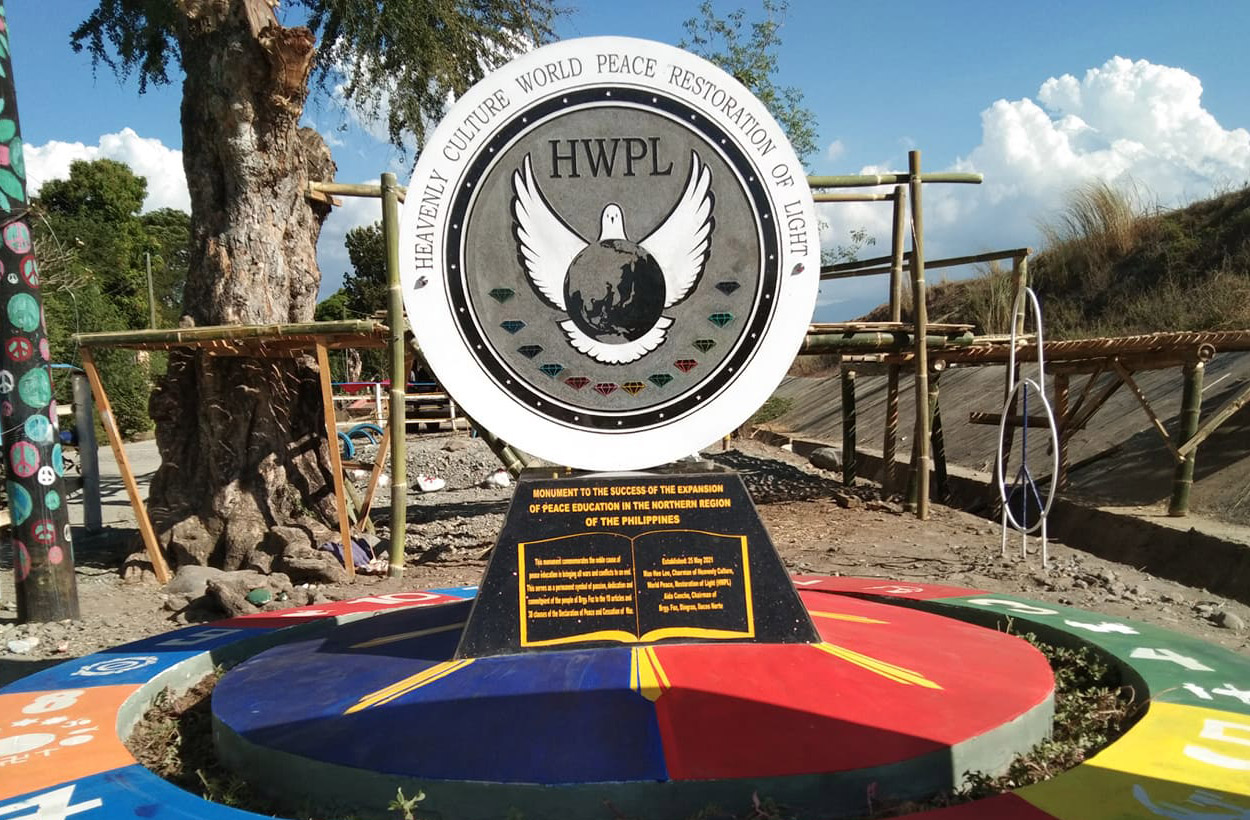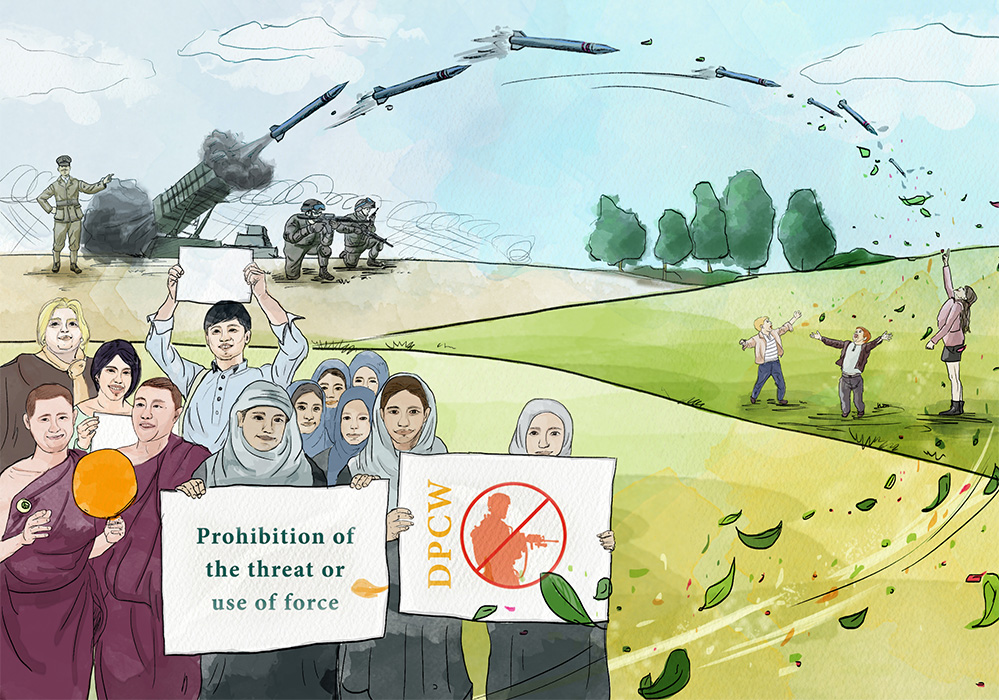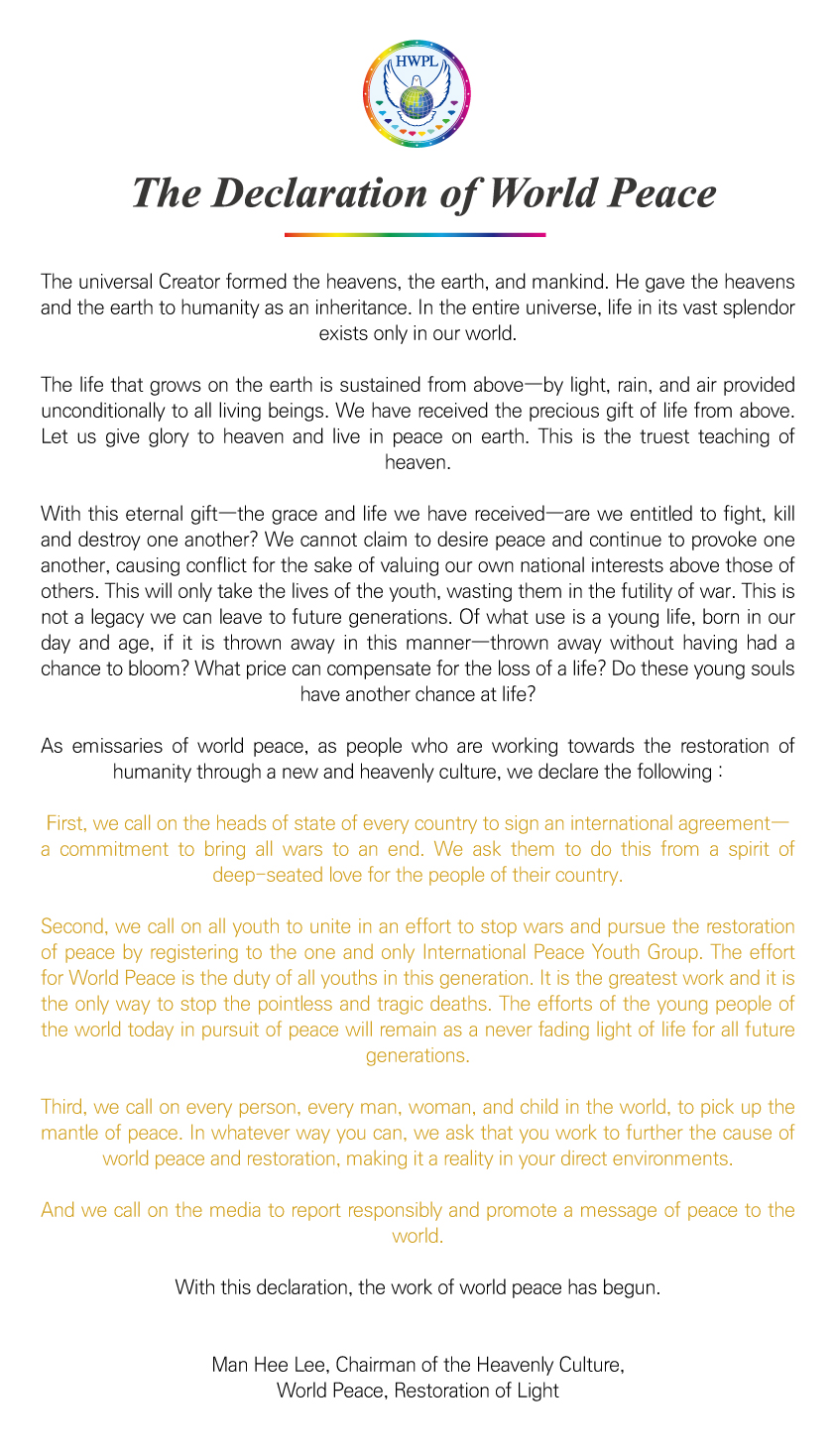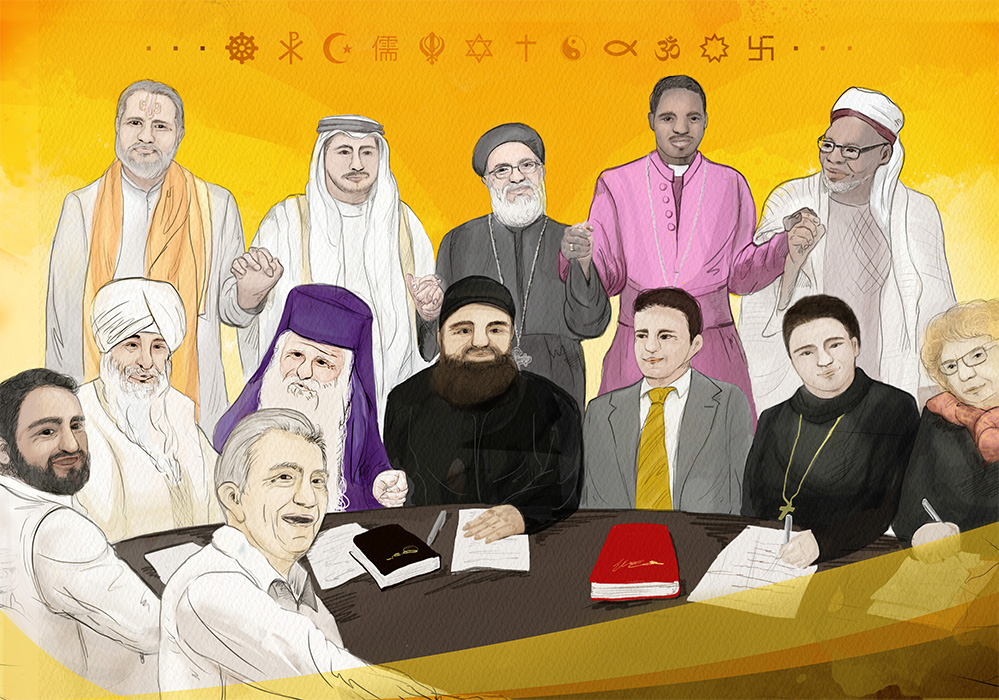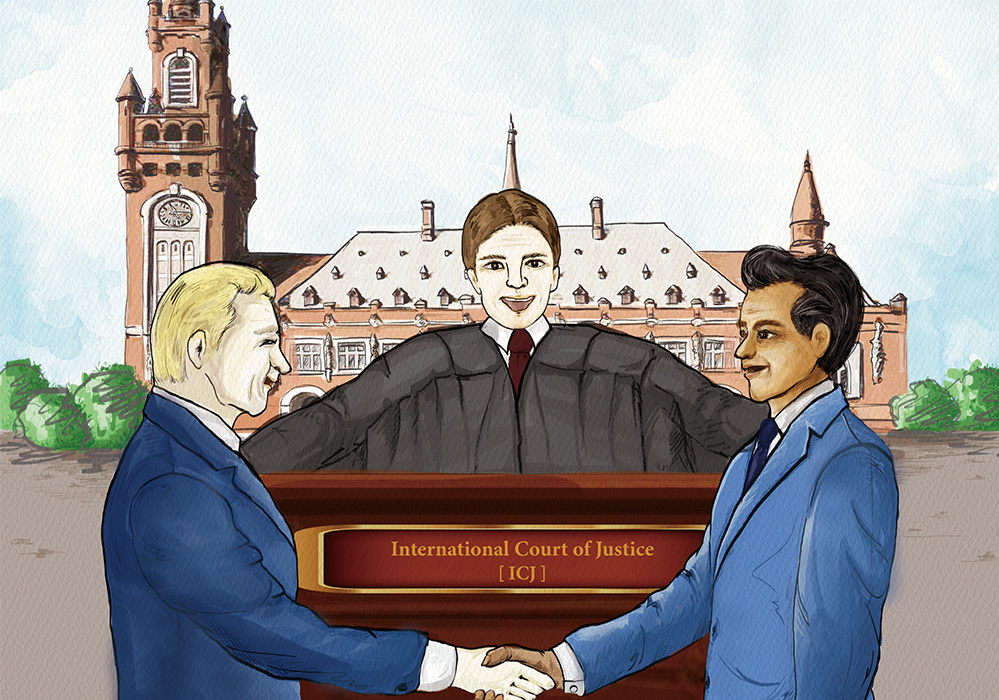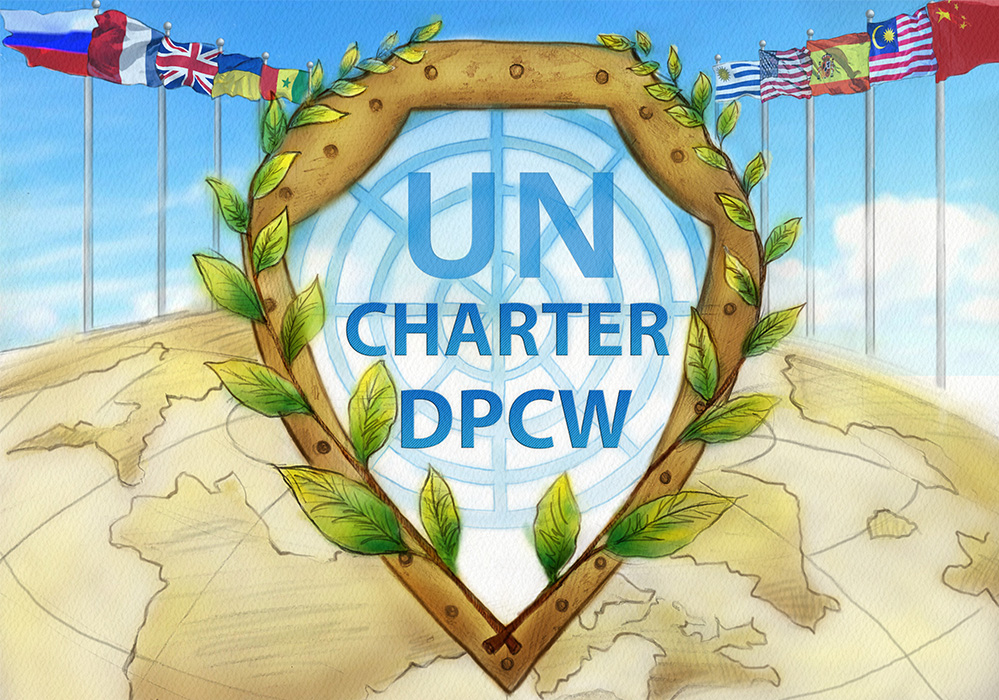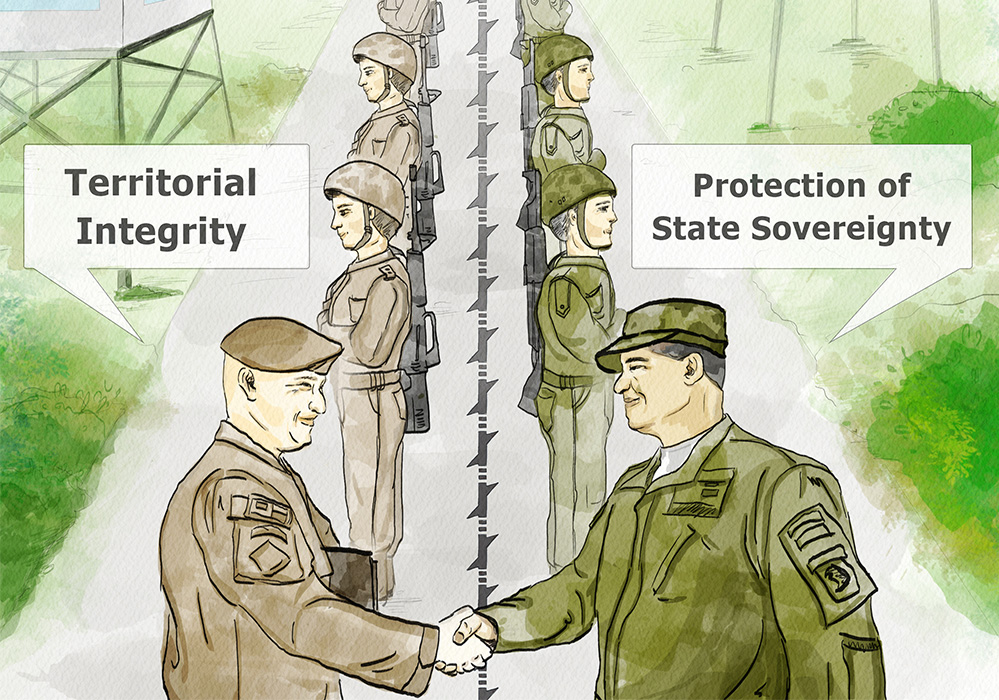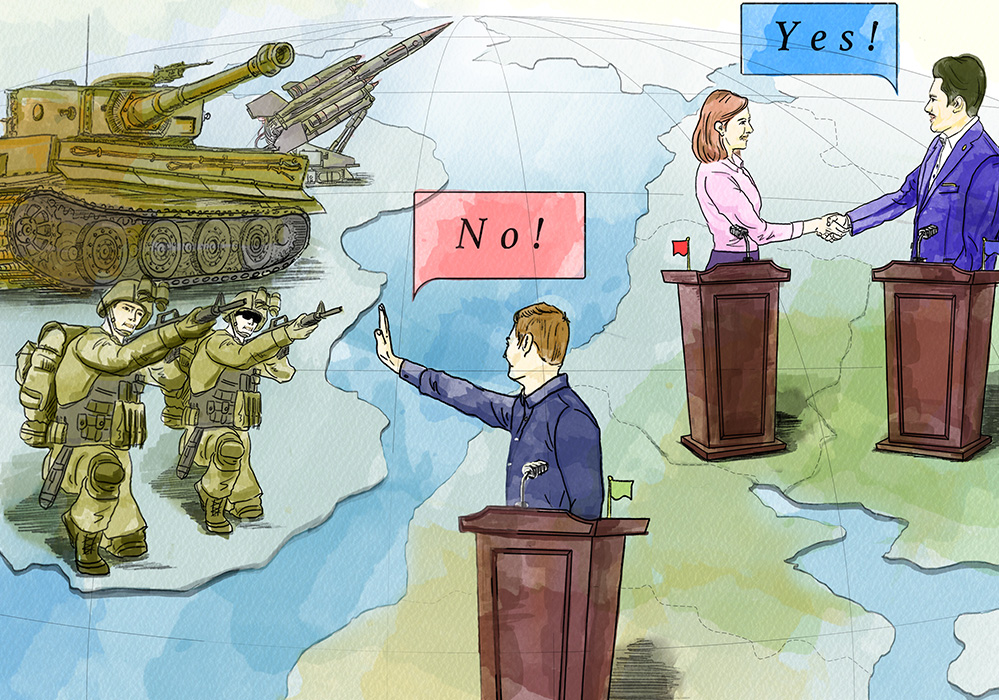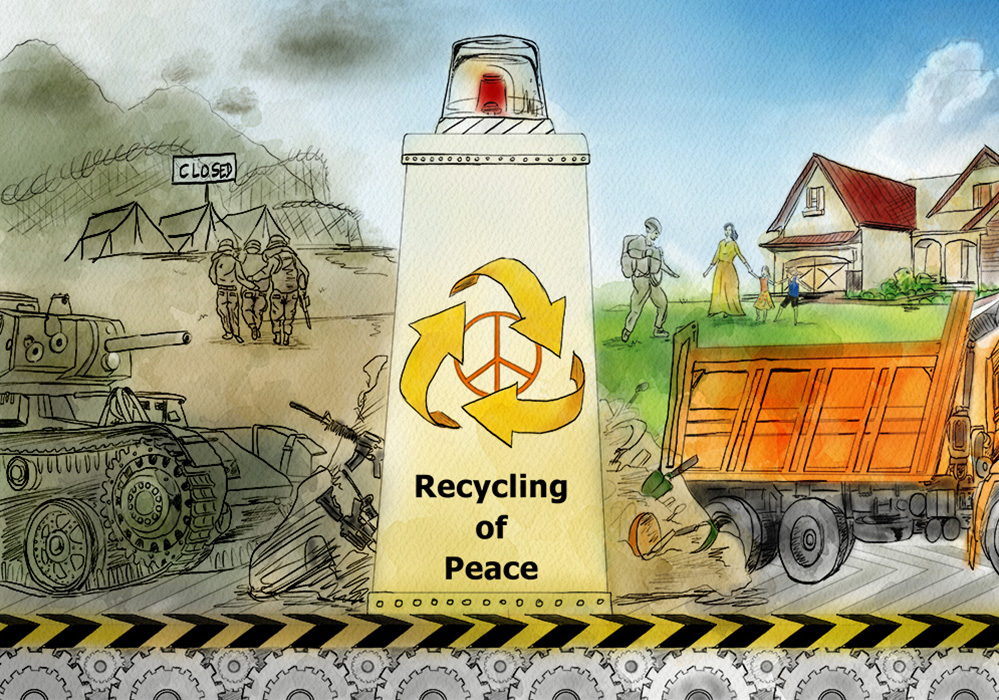HWPL Peace Projects in Mindanao, Philippines
The meaning of peace is spreading globally from the Philippines
Peace as a legacy to the future generations
Peace as a legacy to the future generations
Even before the DPCW was proclaimed, its principles were already being practiced in one region, Mindanao of the Philippines. Mindanao is on the path to peace after ending the military collision between the Philippine government and Moro groups, which lasted over 40 years and resulted in more than 120,000 casualties. Seeing how peace was being created in Mindanao according to the Declaration of World Peace, the foundation document of the DPCW, HWPL became certain that a law for peace can transform conflict into peace. Since the DPCW was proclaimed, Mindanao has taken the lead in implementing the DPCW in practice. Mindanao’s governor and a religious leader achieved interethnic and interfaith reconciliation (Article 5 and 9 of the DPCW), civil society is involved in the LP project, and the Ministry of Education is introducing peace education to the region (Article 10 of the DPCW).
Civilian peace agreement, determined voice of citizens
In General Santos on 24 January 2014, a civilian agreement was signed for the peace of Mindanao. The signing ceremony, hosted by HWPL and organized by the IWPG and the IPYG, was attended by over 300 residents including politicians, university professors, religious leaders, and students. Before the audience, Archbishop Emeritus Fernando Robles Capalla of Archdiocese of Davao and Governor Esmael G. Mangudadatu of Maguindanao signed the agreement as representatives to cooperate in ceasing the conflict and building peace.
With this agreement as a starting point, HWPL launched a peace movement to raise public awareness of peace not only in Mindanao but throughout the Philippines, based on the universal principles of mutual understanding, respect, and harmony. Also, civil society sectors such as education, religion, youth, and women are actively engaged in HWPL’s peace initiatives to remove the causes of conflict and strengthen the values of peaceful development.
The 24th of January was declared as HWPL Day, and a monument was established to commemorate the signing of the Mindanao Peace Agreement. Davao City’s museum and public library are exhibiting HWPL’s peace activities. Students from elementary school to college are growing into messengers of peace through peace education, and on 25 May of every year, youth and women participate in peace walks. Moreover, religious leaders regularly convene at the World Alliance of Religions’ Peace Office to engage in interfaith discussions based on religious texts.
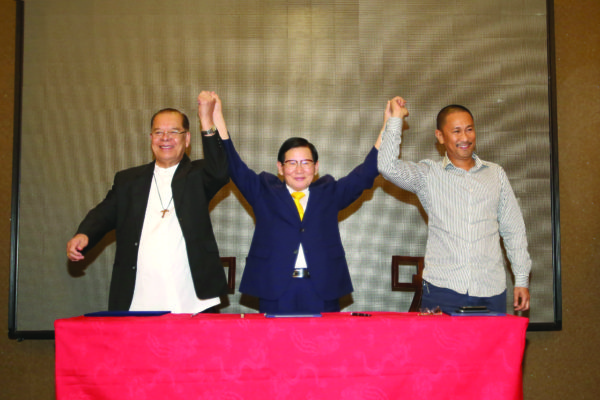
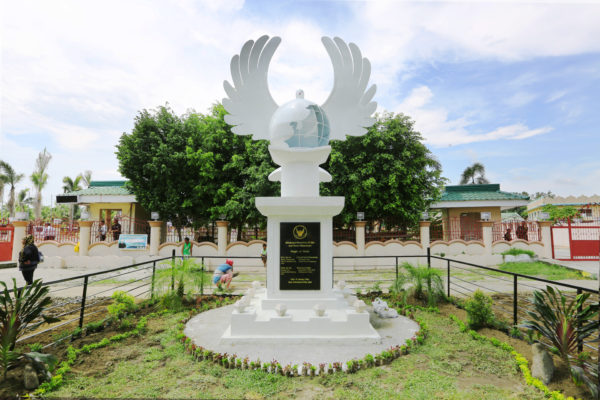
Article 10 of the DPCW, spreading a culture of peace
In line with Article 10 of the DPCW, HWPL is taking a long-term approach to its peace initiatives in Mindanao in order to establish peace as a culture and a common value. To prevent the international community’s support and effort from being thwarted again by war, HWPL is endeavoring to strengthen public awareness of peace in Mindanao and across the Philippines through peace education and interfaith dialogue.
The meaning of peace is spreading globally from the Philippines
Peace as a legacy to the future generations
Even before the DPCW was proclaimed, its principles were already being practiced in one region, Mindanao of the Philippines. Mindanao is on the path to peace after ending the military collision between the Philippine government and Moro groups, which lasted over 40 years and resulted in more than 120,000 casualties. Seeing how peace was being created in Mindanao according to the Declaration of World Peace, the foundation document of the DPCW, HWPL became certain that a law for peace can transform conflict into peace. Since the DPCW was proclaimed, Mindanao has taken the lead in implementing the DPCW in practice. Mindanao’s governor and a religious leader achieved interethnic and interfaith reconciliation (Article 5 and 9 of the DPCW), civil society is involved in the LP project, and the Ministry of Education is introducing peace education to the region (Article 10 of the DPCW).
Civilian peace agreement, determined voice of citizens
In General Santos on 14 January 2014, a civilian agreement was signed for the peace of Mindanao. The signing ceremony, hosted by HWPL and organized by the IWPG and the IPYG, was attended by over 300 residents including politicians, university professors, religious leaders, and students. Before the audience, Archbishop Emeritus Fernando Robles Capalla of Archdiocese of Davao and Governor Esmael G. Mangudadatu of Maguindanao signed the agreement as representatives to cooperate in ceasing the conflict and building peace.
With this agreement as a starting point, HWPL launched a peace movement to raise public awareness of peace not only in Mindanao but throughout the Philippines, based on the universal principles of mutual understanding, respect, and harmony. Also, civil society sectors such as education, religion, youth, and women are actively engaged in HWPL’s peace initiatives to remove the causes of conflict and strengthen the values of peaceful development.
The 24th of January was declared as HWPL Day, and a monument was established to commemorate the signing of the Mindanao Peace Agreement. Davao City’s museum and public library are exhibiting HWPL’s peace activities. Students from elementary school to college are growing into messengers of peace through peace education, and on 25 May of every year, youth and women participate in peace walks. Moreover, religious leaders regularly convene at the World Alliance of Religions’ Peace Office to engage in interfaith discussions based on religious texts.


Article 10 of the DPCW, spreading a culture of peace
In line with Article 10 of the DPCW, HWPL is taking a long-term approach to its peace initiatives in Mindanao in order to establish peace as a culture and a common value. To prevent the international community’s support and effort from being thwarted again by war, HWPL is endeavoring to strengthen public awareness of peace in Mindanao and across the Philippines through peace education and interfaith dialogue.
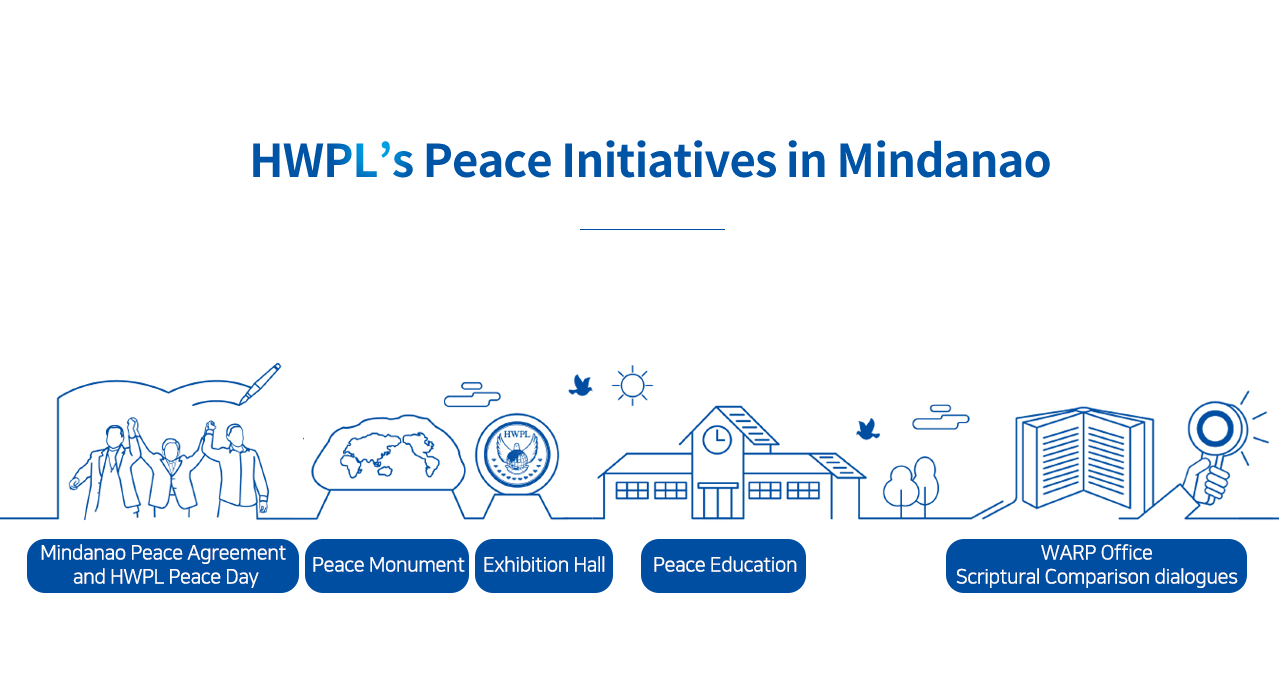
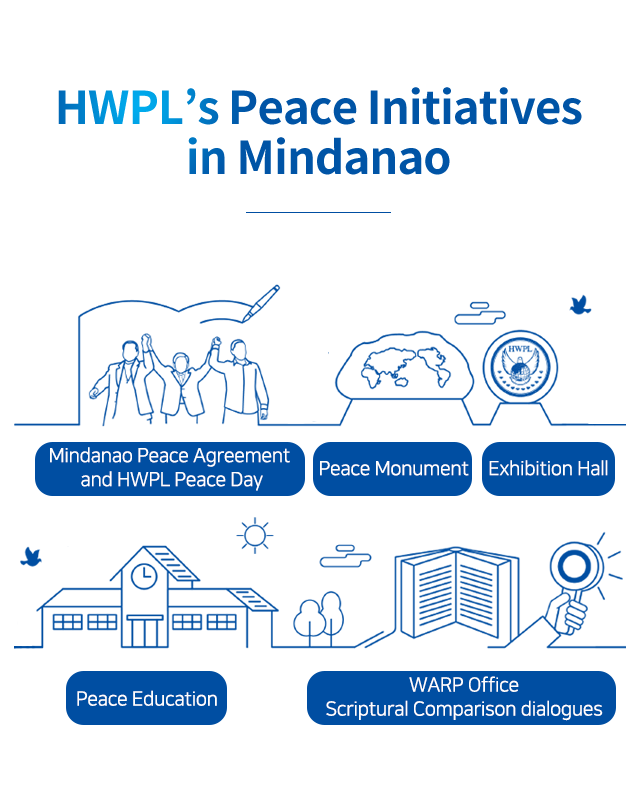
Mindanao is my birthplace. There is no hope in channeling peace with each other.
Because it is very obvious that people always choose force over peace.
Chairman Lee visited the Philippines and mediated the Mindanao Peace Agreement,
that’s why we are here today celebrating the remarkable Peace Day.
Danilo Mocsin, Founding Chairman of Kutawato Greenland Initiatives (KGI)
Because it is very obvious that people always choose force over peace.
Chairman Lee visited the Philippines and mediated the Mindanao Peace Agreement,
that’s why we are here today celebrating the remarkable Peace Day.
Danilo Mocsin, Founding Chairman of Kutawato Greenland Initiatives (KGI)


